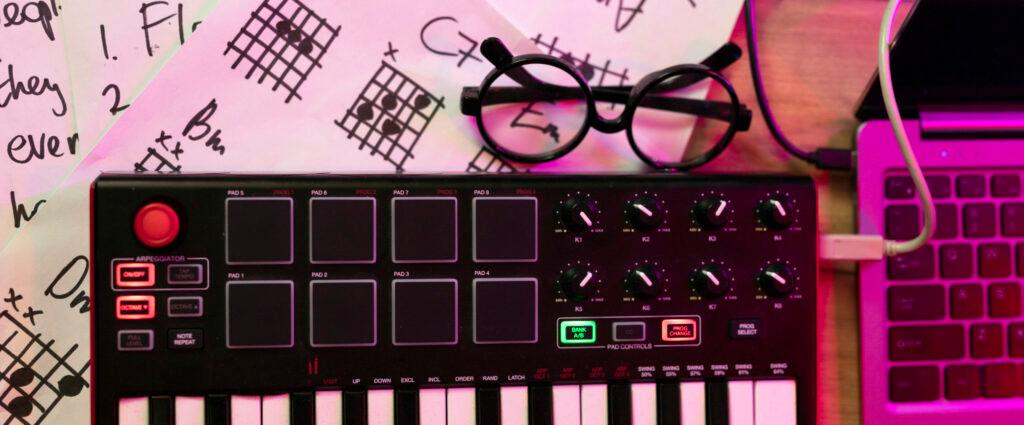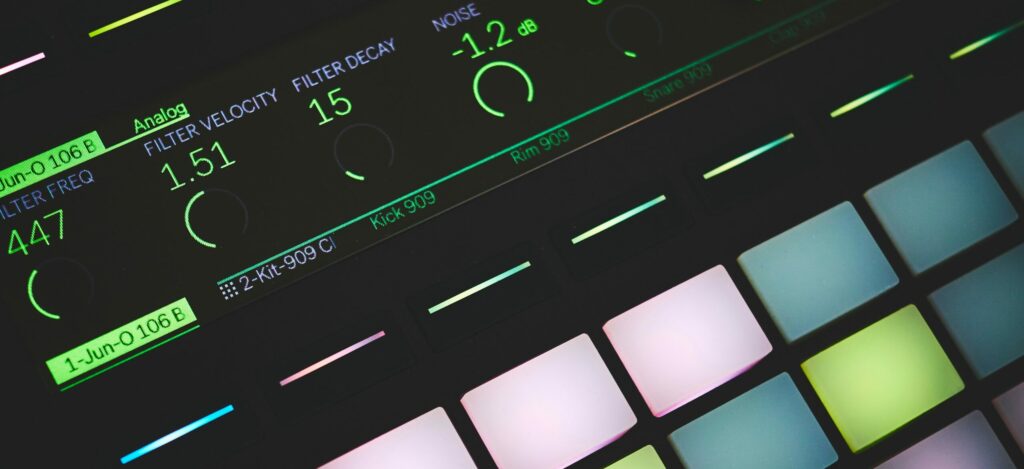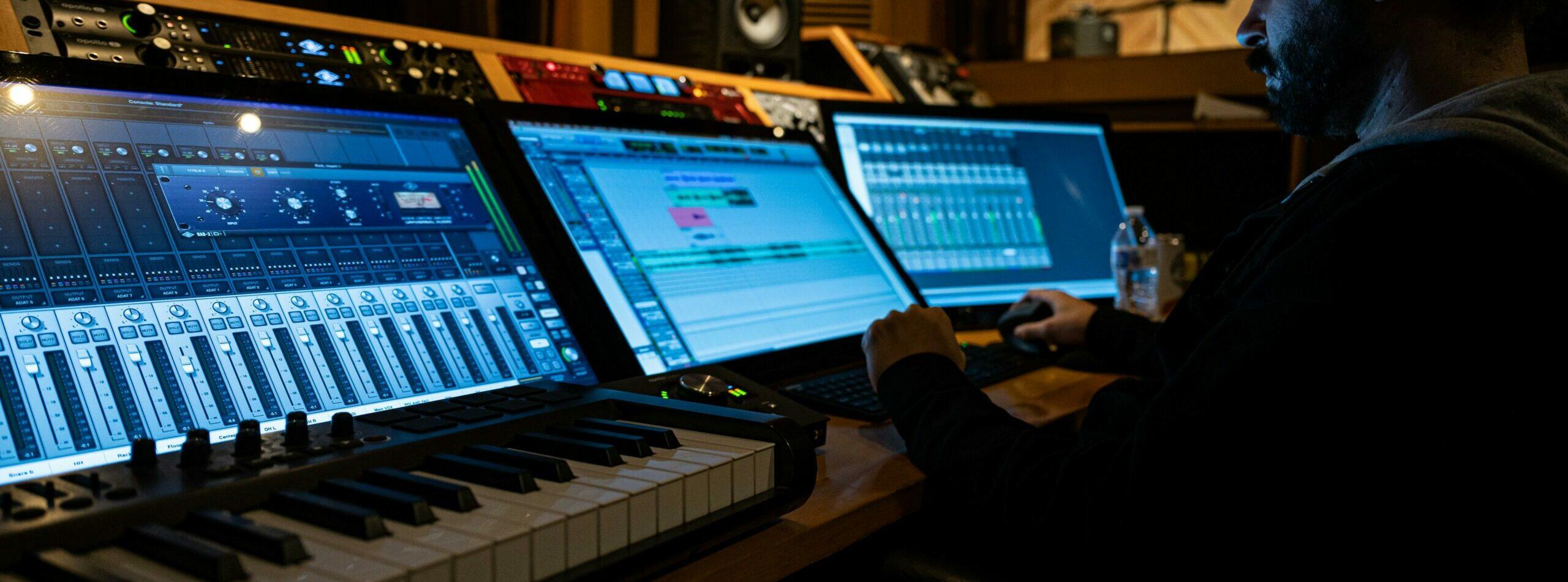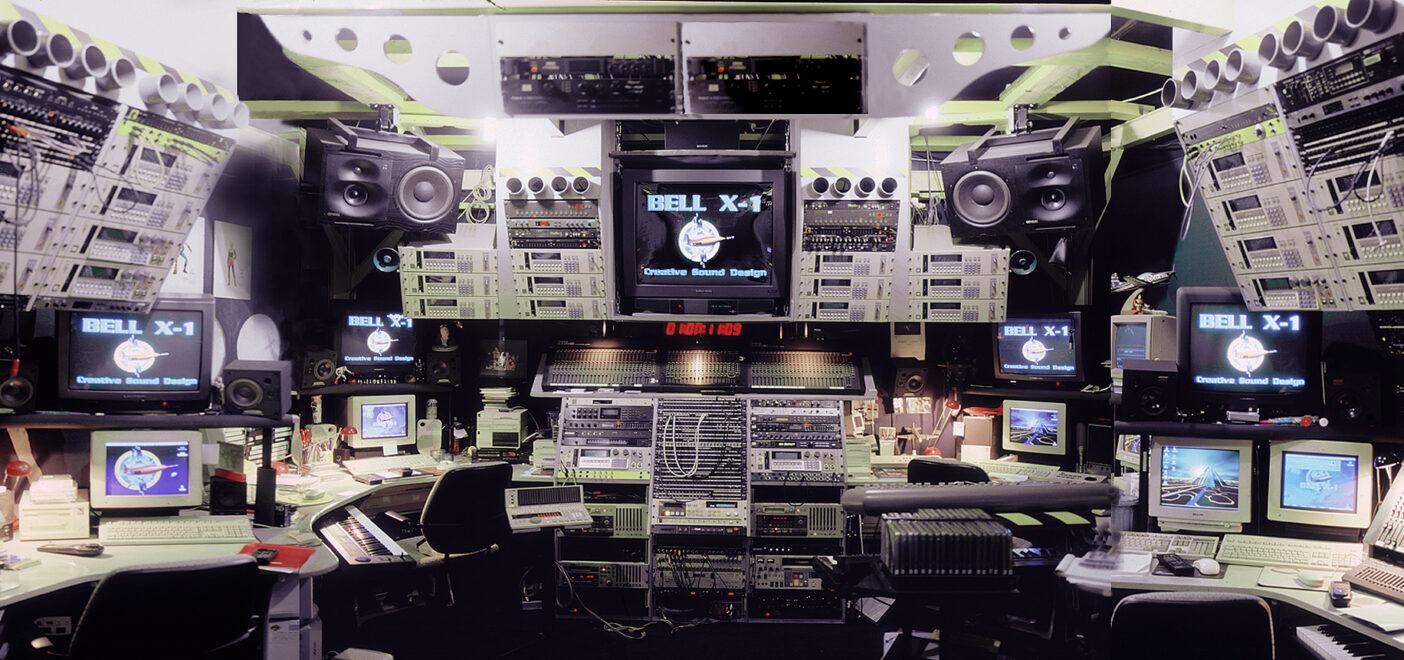The Musical Instrument Digital Interface (MIDI) has become an indispensable tool in the realm of modern music production, offering a universal language that bridges electronic musical instruments, computers, and other equipment. Since its inception in the 1980s, MIDI has transformed how music is created, edited, and performed, providing seamless communication between devices regardless of brand or model. This MIDI Guide explores MIDI’s foundational concepts, its practical applications, and recent advancements. By understanding MIDI, musicians, producers, and enthusiasts alike can unlock new creative possibilities and improve their workflows.
Guide to Understanding MIDI
MIDI enables different musical devices and software to interact seamlessly. This MIDI guide showcases how it empowers musicians to effortlessly orchestrate sounds, instruments, and effects across multiple devices, fostering a seamless workflow that ignites creativity. Far beyond the mere transmission of notes or control data, MIDI has evolved into an adaptable ally in digital music production, streamlining everything from electrifying live performances to polished studio recordings. This protocol not only supports the exchange of musical information but also enables complex arrangements and intricate sound design, making it an essential component in modern music creation. As technology continues to evolve, MIDI remains at the forefront, adapting to new developments and expanding its capabilities.
What is MIDI?

MIDI is a digital protocol designed to convey musical information between devices. Rather than transmitting actual audio signals, MIDI sends data messages that describe actions, like pressing a note on a keyboard or turning a knob. This data allows instruments, computers, and software to reproduce sounds in sync, responding to each action in real time. MIDI is central to electronic music production because it allows seamless control over virtual instruments and external synthesizers. Consequently, it has become a backbone of digital audio workstations (DAWs) and live performance setups.
Brief History of MIDI
In this MIDI Guide, we find it important to provide insights into how this standardization transformed music production. Developed in the early 1980s, MIDI emerged as a collaborative solution by manufacturers to standardize digital communication between electronic instruments. By 1983, MIDI 1.0 was established, setting a precedent that remains relevant today. As music production grew increasingly digital, MIDI adapted, integrating into DAWs and virtual instruments. Over the decades, MIDI has evolved, but its original protocol remains integral, showcasing a longevity that few technologies in music can claim.

How MIDI Works
MIDI operates by transmitting data messages that dictate actions like note pitch, velocity, and control changes, effectively allowing musicians and producers to create complex musical arrangements with ease. This system works through different MIDI messages and channels, which are essential components that facilitate communication between devices. Each MIDI message carries specific information, such as the start and stop of a note, its duration, and dynamic characteristics, while the channels allow for the management of various instruments within a single setup efficiently. By utilizing multiple channels, users can layer sounds, control different instruments independently, and even manipulate effects in real-time, making MIDI an invaluable tool in music production and performance.
MIDI Messages
There are several types of MIDI messages that each perform distinct functions. Some of the primary ones include:
- Note-On and Note-Off: These messages signal when a key is pressed or released, including data about note velocity (how hard or soft the key is pressed).
- Control Change (CC): Often used to modify parameters like volume, modulation, or effects, Control Change messages provide flexibility in real-time control.
- Program Change: These messages allow users to switch between sounds or patches on an instrument, facilitating smooth transitions during performances or sessions.
Each message plays a role in defining how devices interpret and respond to MIDI signals, giving artists precise control over their instruments.
MIDI Channels and Ports
MIDI operates over 16 channels per port, allowing up to 16 devices or instruments to communicate on a single MIDI connection. Devices can be configured to listen to specific channels, making it easy to manage complex setups with multiple instruments. MIDI ports serve as the physical or virtual connections, enabling instruments to send and receive data. With this structure, musicians can control multiple instruments or layers in a DAW, synchronizing everything from drum machines to synthesizers.
MIDI Hardware and Software
MIDI offers flexibility through various hardware and software components that play unique roles in music production. This MIDI Guide emphasizes the partnership between controllers, such as keyboards and pad surfaces, and digital audio workstations (DAWs), which act as the central platform for recording and editing. MIDI interfaces and sound modules enhance this ecosystem by facilitating communication between devices and generating rich sounds. This guide supports a comprehensive workflow, allowing musicians and producers to fully explore their creative visions.
MIDI Controllers

The MIDI Guide explains how different MIDI controllers can enhance your creative workflow. They come in various forms, including keyboards, drum pads, and control surfaces, all sending MIDI messages to other devices or software. Keyboard controllers enable melody and chord playing, drum pads provide rhythmic input, and control surfaces offer precise adjustments through physical faders and knobs. These controllers are essential for producers, allowing hands-on interaction with virtual instruments and effects in a DAW.
MIDI Interfaces
A MIDI interface acts as a bridge between hardware devices and computers, enabling multiple instruments to connect and communicate effectively. They range from simple single-port adapters to complex multi-port hubs for managing large setups. Connecting hardware to DAWs via MIDI interfaces allows users to record, edit, and control multiple instruments simultaneously, making them essential in professional studios.
Digital Audio Workstations (DAWs)
DAWs like Ableton Live, Logic Pro, and FL Studio use MIDI to manage and manipulate musical data. They provide tools for sequencing, editing, and arranging MIDI data, creating a versatile environment for music production. Within a DAW, MIDI data controls virtual instruments, automates effects, and synchronizes with external hardware, establishing it as a central hub for digital music creation.
Practical Applications of MIDI
MIDI’s utility extends beyond the studio. Artists can use it in live performances, synchronization, and more. In live settings, musicians can trigger sounds, effects, and lighting with MIDI. This creates a more dynamic and engaging experience for the audience. Additionally, MIDI allows for seamless synchronization between multiple devices. This ensures that different instruments and technology work in harmony during a performance. Understanding these applications helps maximize MIDI’s potential. Creators can explore innovative ways to enhance their music production and live shows. This ensures they remain at the forefront of creativity and technology in their art.
Sequencing and Editing

Sequencing allows musicians to arrange and layer MIDI notes over time, creating compositions without needing to play all parts simultaneously. Editing MIDI sequences in a DAW provides flexibility to adjust pitch, timing, and velocity, refining compositions to perfection. MIDI sequencing is essential for creating complex arrangements, allowing artists to control every nuance of their music.
Live Performance
This MIDI Guide outlines how live performances can be enriched using MIDI controllers and synchronization techniques. In live settings, MIDI controllers become powerful tools for triggering sounds, effects, and loops. Musicians use MIDI controllers to perform with pre-sequenced tracks, manipulate sounds in real time, and interact with virtual instruments. This setup provides a level of expressiveness and versatility that is difficult to achieve with traditional instruments alone, making MIDI invaluable for live electronic performances.
Synchronization
MIDI serves as a synchronization tool. It allows multiple devices to operate in perfect time together. Whether syncing drum machines, sequencers, or DAWs, MIDI’s timing clock keeps all devices locked to the same tempo. This is crucial for seamless performances and precise production workflows. By setting one device as the master clock, other connected devices can follow. This maintains rhythm and sync throughout a session or performance.

Advancements in MIDI Technology
Innovations like MIDI 2.0 broaden creative avenues for musicians. Over the years, MIDI has made significant progress. The latest developments mark the beginning of a new era in its capabilities. MIDI 2.0 represents a major advancement. It addresses the limitations of the original MIDI standard. Unveiled in 2020, MIDI 2.0 introduces crucial enhancements. These enhancements are designed to meet the evolving needs of modern music production. It improves upon MIDI 1.0 by offering higher resolution, bidirectional communication, and enhanced expressiveness. MIDI 2.0 supports more intricate control data. This allows instruments and software to express subtle performance nuances.
Conclusion
MIDI has been central to music production for over 40 years. It evolved with technology to meet musicians’ needs. From basic note and control messages to advanced MIDI 2.0 interactions, it provides a framework for controlling electronic music devices. Hopefully, this MIDI Guide has helped you understand MIDI’s role, uses, and advancements is essential for artists looking to unlock new creative potential. Whether you’re a seasoned producer or a newcomer, mastering MIDI will open doors to a world of musical possibilities.
Informazioni sull'autore

Dídac
CEO e fondatore di MasteringBOXDídac è un ingegnere audio professionista, produttore musicale e ingegnere software. È il fondatore di MasteringBOX e l'autore di molti degli articoli del blog.
Lascia un commento
Log in per commentare


